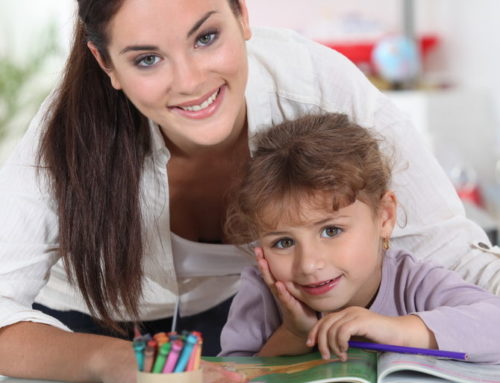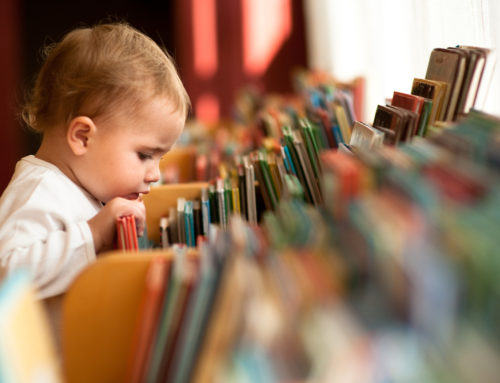By Vivian Cain
Every parent knows that learning doesn’t start and stop at the classroom door. Your involvement in your child’s education is critical to their success. You can broaden your child’s learning experiences by setting up a small Montessori-inspired space in your home where your child can practice the concepts learned at school.
While incorporating a Montessori environment into your home is especially helpful for toddlers and preschoolers, it can be helpful at any level.
- Start with a small space. For many families or frequent visits to grandmother’s house, a small space would be ideal. Set up a child-sized table and chairs and make sure materials are easily accessible with low wood shelving and storage. Perhaps, even designate one cabinet or drawer for your child’s own real dishes and supplies.
Low shelving is important in helping your child operate independently. If your space only allows for one small shelf, you can rotate your child’s supplies and materials often to keep their attention and maximize the utility of the small space. Include materials that meet your child’s current needs and interests.
- Encourage creativity. Music and fine arts are essential components of a Montessori environment. Bring those elements home by setting up a space that allows your child to easily play CDs of classical or folk music on a portable player. Turn an area in the home into a space for creativity. A stash of paints, brushes, jars, scissors, and paper can provide numerous opportunities for inspiration.
- Invite your child into the kitchen. Cooking, preparing food, setting the table and cleaning all are real-life skills that can help your child develop confidence as he or she engages in those activities. Have patience and provide the space for your child to perform tasks as independently as possible.
- Provide tasks that reflect their Montessori classroom experience. For preschoolers, focus on practical everyday activities that enhance concentration, coordination, organization, and independence. Sensory-heavy activities like coloring or matching by touch, size, sound, taste or smell help your child learn how to organize similar items. Provide your child with simple language and math activities that reinforce their current interests and school activities.
- Incorporate age-appropriate practical activities into their daily routines. Let them pour their own glass of water, fold laundry or figure out how to get to an object that may be a bit out of their reach. As your child becomes more confident with tasks, provide them with opportunities to handle more challenging tasks. This signifies to your child that they have “leveled up,” in a sense, and can renew their focus and interest.






